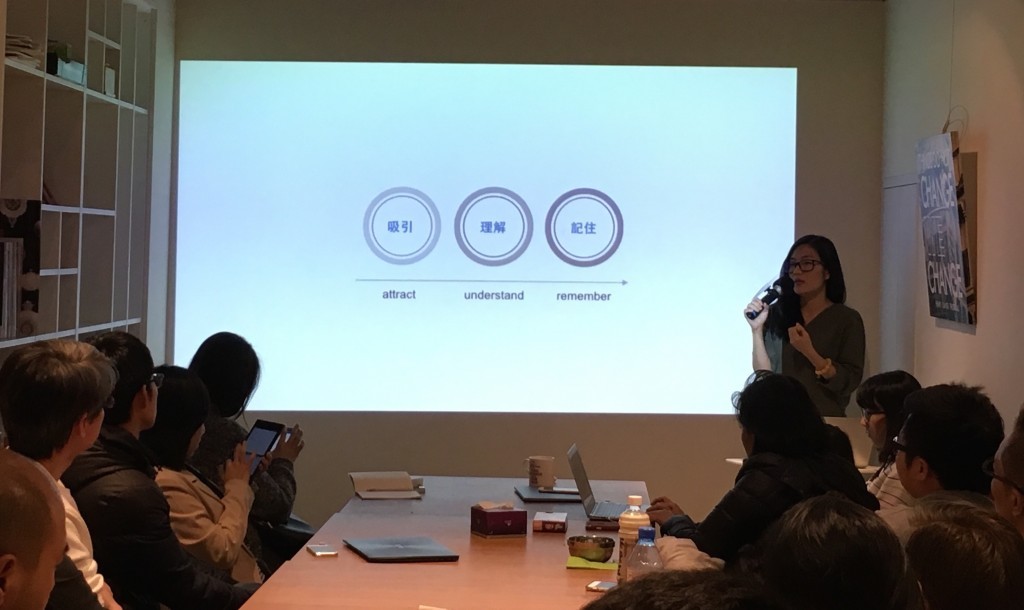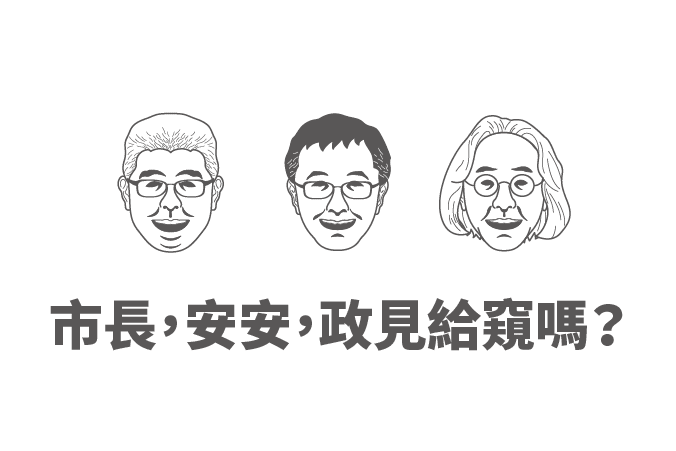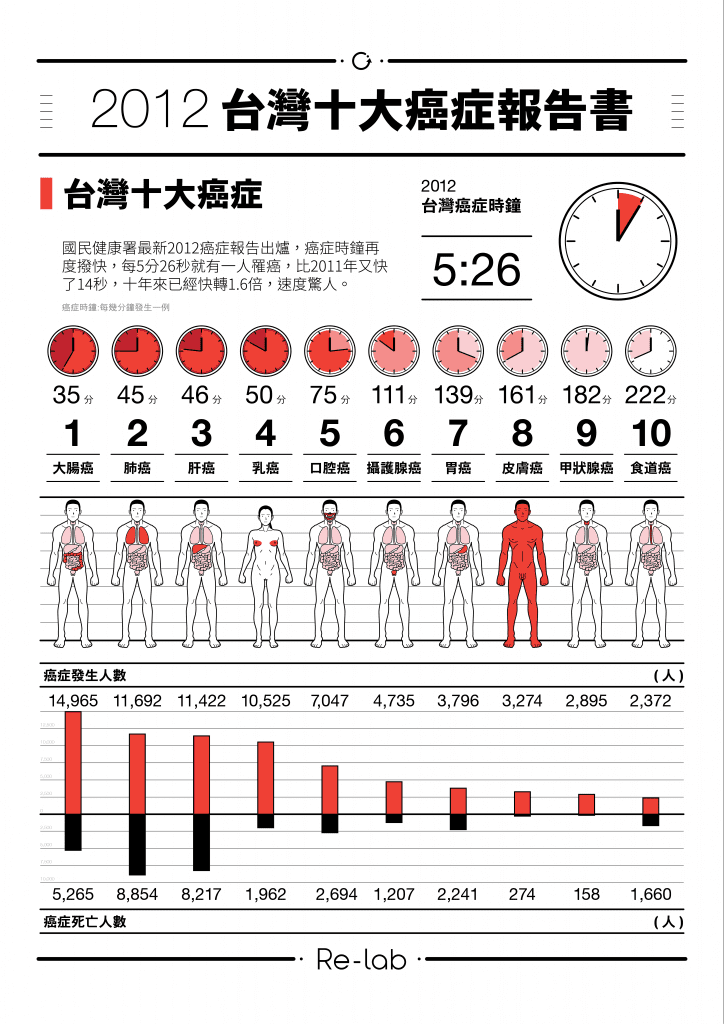A picture is worth a thousand words — How Re-lab uses visual design to convey information
Translated by 半月
Before diving into pictures diagrams, let’s have a look on the idea of Impact Hub. Some people may not be familiar with this term. It is simply a global network consisting of “local spaces”. In 2005, the first Impact Hub was founded in London. Today, there are more than 82 local spaces situated in the five continents. Impact Hub Taipei is the first one in the Chinese-speaking world, founded in August 2015. Impact Hub is a creative lab, business incubator and social enterprise center. They provide resources for creating business plans, hoping to create a thriving entrepreneurial ecosystem.
This time, PanX came to Impact Hub Taipei for “Business Creation Quintet”. The first lecture was given by Yu-Shuan Liu, the CEO of Infographics Consulting Company Re-lab. She talked about how to communicate with readers efficiently by clear visually designed information, or infographics.
The logic and technique behind Infographics
In the first year, Re-Lab successfully collaborated with famous companies like TSMC, Delta Electronics, Yahoo, and flyingV. The right question to ask here is how did they achieve this? What are the logic and techniques behind their amazing work?
According to Liu, they work hard to collect information and to find new perspectives and new ways to tell the story whenever they get a new case. “We look for ways to understand the piece of information. It would be hard to convey ideas to the audience if one is not touched first by the information.” Re-lab draws first a map of their plan about conveying information to the target audience. They go for marketing and design only after these preparatory work.

The goal is to attract the readers, make them understand and remember. To achieve this, they need an overall plan including strategic design, user experience research and visual presentation. Sometimes, it is necessary to combine three or more techniques (e.g. 2-D and interactive posts, website, interactive mechanism, database analysis…etc) to really achieve their goal of making people understand (or want to understand). Thus, the preparatory phase of data collection and research is crucial. The logic behind the work is also very important. Through these processes, Re-lab gets to know more and more about the “how-to” in communication.
They began with Politics, where most debatable issues come from

Two years ago, The News Lens did a the project “Morning Mayer, We want to know…” This was a Re-lab project and a real success. In recent years, young people are getting more curious about social issues. What Re-lab was trying is to promote rational and objective discussion on political issues. They designed a game to let players “blindly” choose their preferred platforms and then tell the player who should he/she vote.
In less then a month, they received more than 400 thousand pieces of data. Based on their sampling survey, they believed that all these data came from their target audience. However, they decided not to charge anything since they considered this a “self-initiated experiment”. For Re-lab, the information conveyed is already very rewarding.
Also, they care about Health

When reading 2012 Taiwan report of Cancer published by the Ministry of Health and Welfare, one can easily tell that people get cancer in a much faster fashion than before. There is a new cancer patient in every 5 minutes and 26 seconds, 14 seconds shorter than 2011. In the past decade, it has turned 1.6 time faster. However, how many people have noticed this?
To help people understand cancer, Re-lab did a diagram based on the report and GLOBOCAN 2012 by WHO. The first thing that Re-lab thinks about is: Why don’t young people care? Is it related to the difficulty to get this information? Or is it because it is not reader friendly enough? Then, they tried to collect data from different country and visualize them to make it easier to digest.
“There’s no good or bad design. What matters is to adjust the design to match the audience’s need and your goal of communication. Here we used the location of organs to visualize knowledge considering different cancers. Our goal is to make the audience ‘worried about their health’.”
Re-lab’s long-term goal is to write about Taiwan’s future
But, who are they actually?
In 2011, 6 NTU students, average age 27, created the first infographics company in Taiwan with a few computers and white board. Re-lab’s work can be categorized into “business-oriented” and “public welfare oriented” projects. Even until today, over 1/3 of their projects are public welfare oriented, which is very impressive.
“We care about Taiwan’s future. Re-lab’s goal is to spread important information in a rational and subjective manner. We would like to make people think and consider on issues worth pondering.” From digesting data to influencing people in society, that is what these fresh graduates wanted to do.
From Re-lab, Info2Act (founded by Re-lab co-founder Nash Wu), simpleinfo to Taiwan bar, there are companies trying to help people find ways out in the era with monstrous amount of information.
They aim to choose issues worth thinking about for the audience and make the information easier to understand. However, as readers, are we guided or misguided by these organized information? This is a question left to the readers.
中文版連結
Cover photo adapted from Andreas Kambanis, desiderius_papp,Pain Pix@flickr, CC License











留言討論